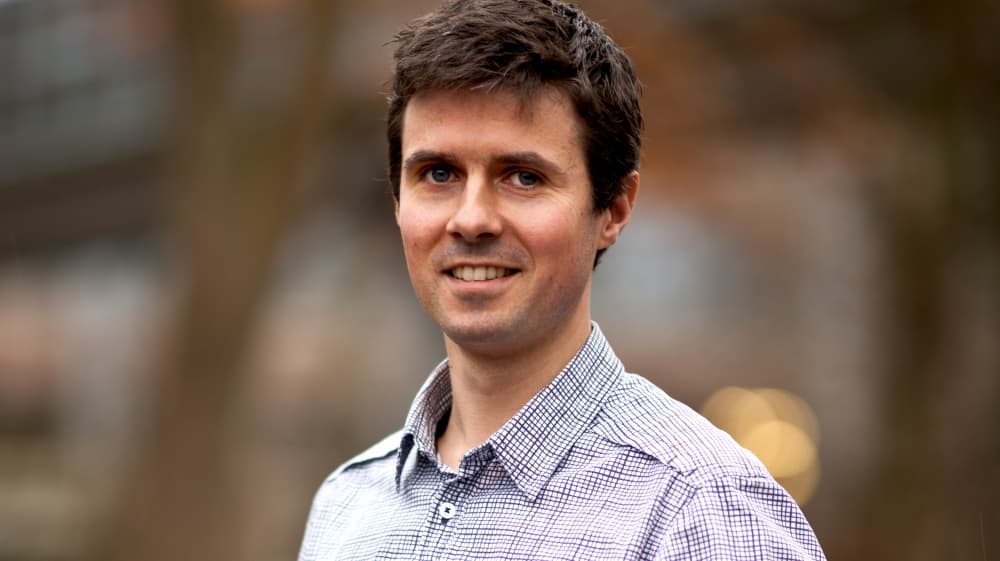
Webinar: Shrinking optical components for smart biosensing and genomics instrumentation
September 14, 2021 | Webinar on demand
Abstract
Reading of DNA, RNA or protein sequences, and detection of a broad range of target molecules often relies on optical-based techniques such as absorbance or fluorescence. Whereas large and bulky equipment was needed in the past, now it is possible to perform these techniques with miniaturized versions of optical components, such as lasers, waveguides, modulators, photodetectors, filters or ring resonators.
Because of their small size and compatibility with semiconductor processes, these photonic components can be integrated with microfluidics and processing chips in complete sequencing solutions. Other advantages are: no mechanical parts or bulky optics required; improved sensitivity and robustness (no alignment or calibration needed); low cost at mass-scale production; low power consumption.
In this webinar, we illustrate the unique capabilities of photonics and photonic biosensors for future sequencing solutions.

Speaker
Pol van Dorpe is imec fellow of Life Science Technologies, where he leads a team working on photonic and nanopore technology for life science applications, where he leads a team working on photonic and nanopore technology for life science applications. He received his PhD at the faculty of engineering of the KU Leuven for his work in the field of spintronics. Afterwards he was appointed as a postdoctoral fellow of the FWO-Flanders (2006-2012), based in imec, and focused on metal-based nanophotonics, or plasmonics for biosensors and energy harvesting. His work has led to over 140 peer-reviewed papers in high impact factor journals and has attracted more than 6000 citations. Since 2012 he also holds a position as part-time associate professor at the physics department of the KU Leuven.
Webinar series
This webinar is part of entire series, click here for more information.
